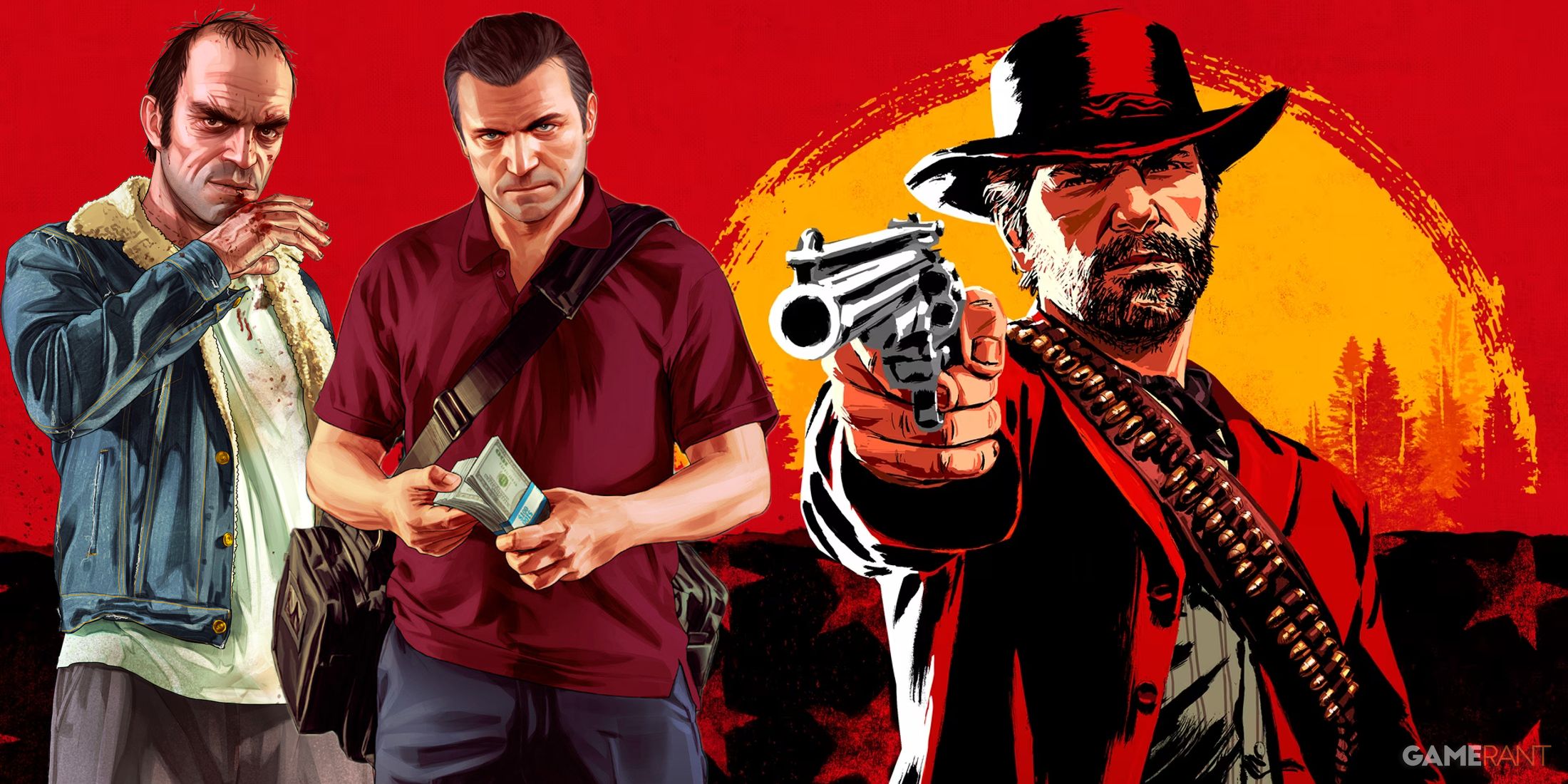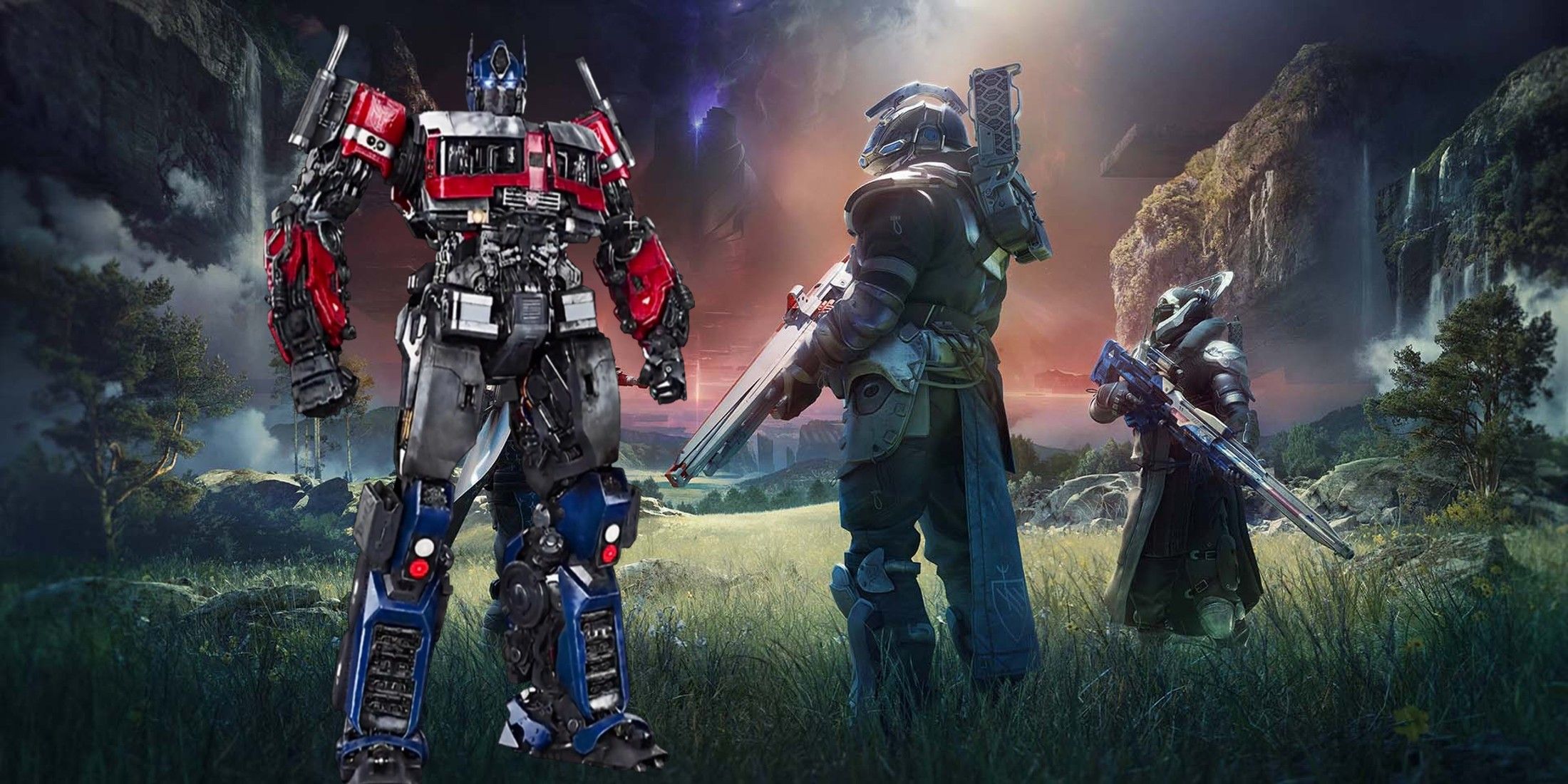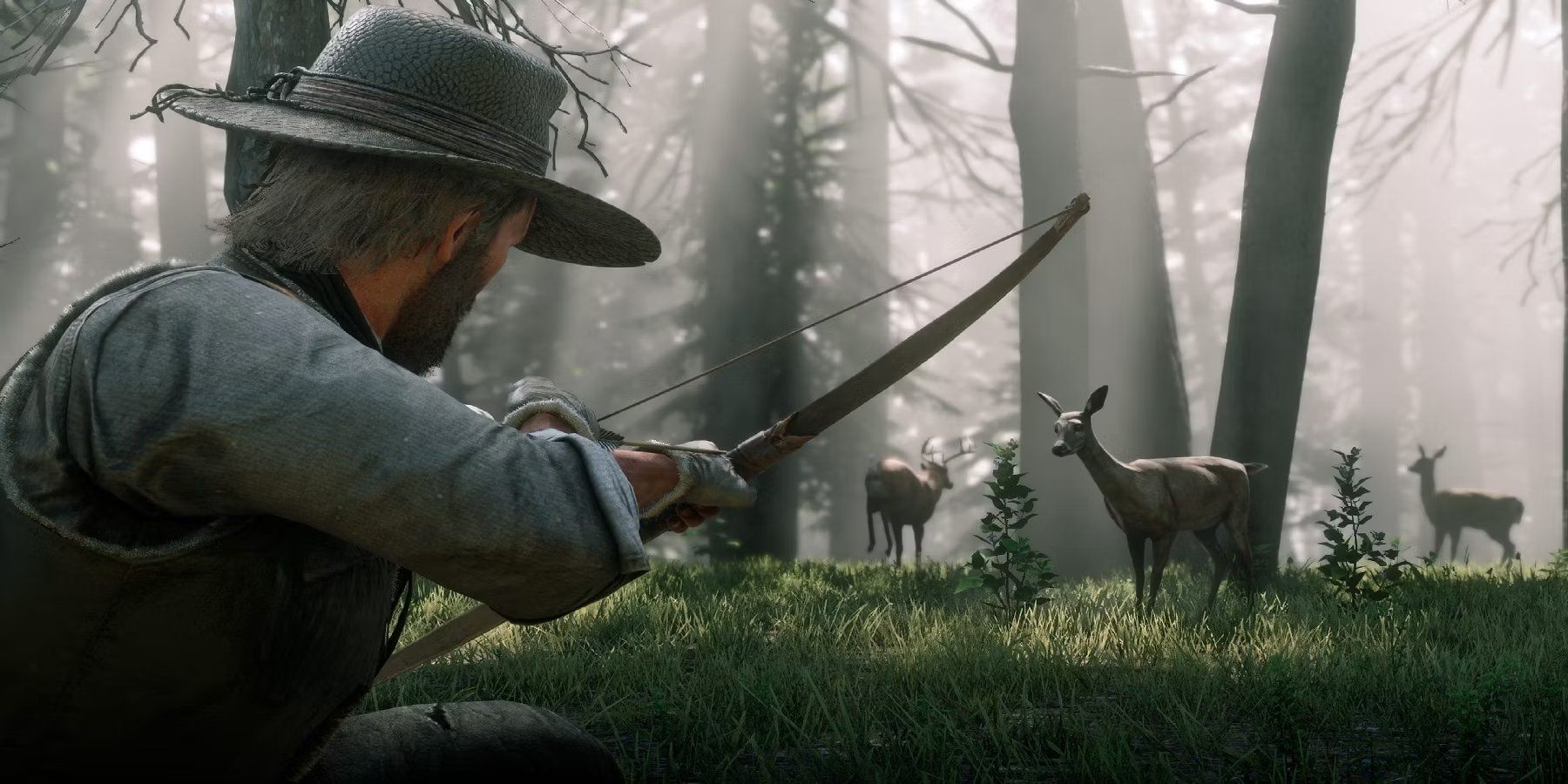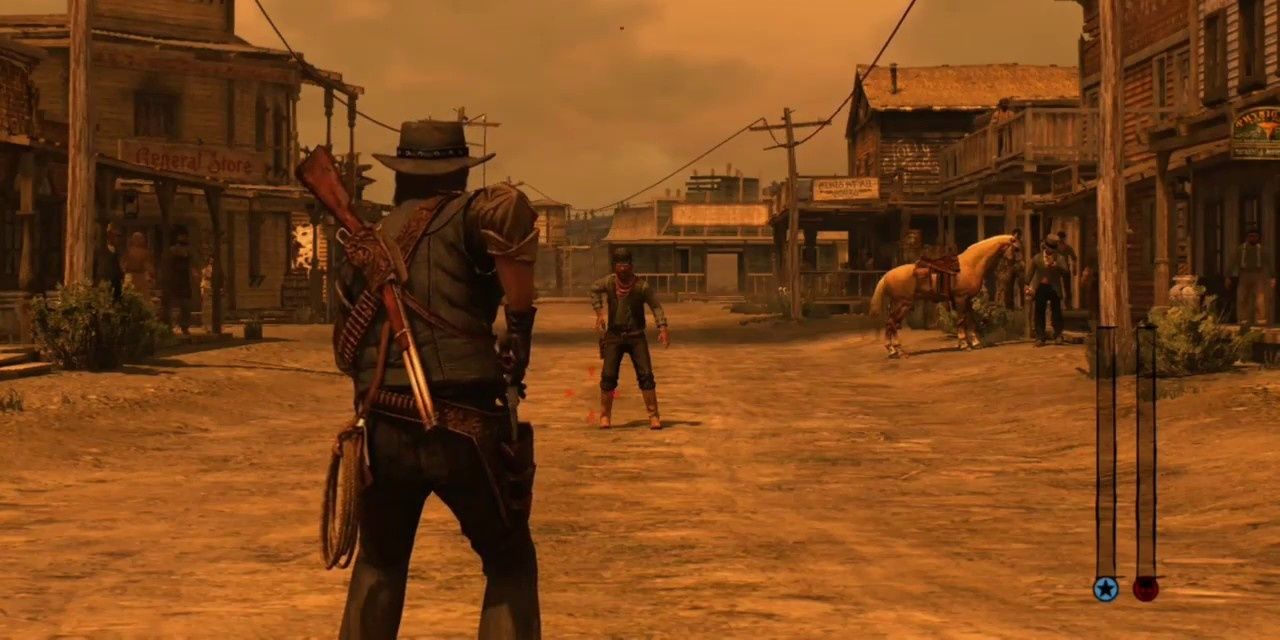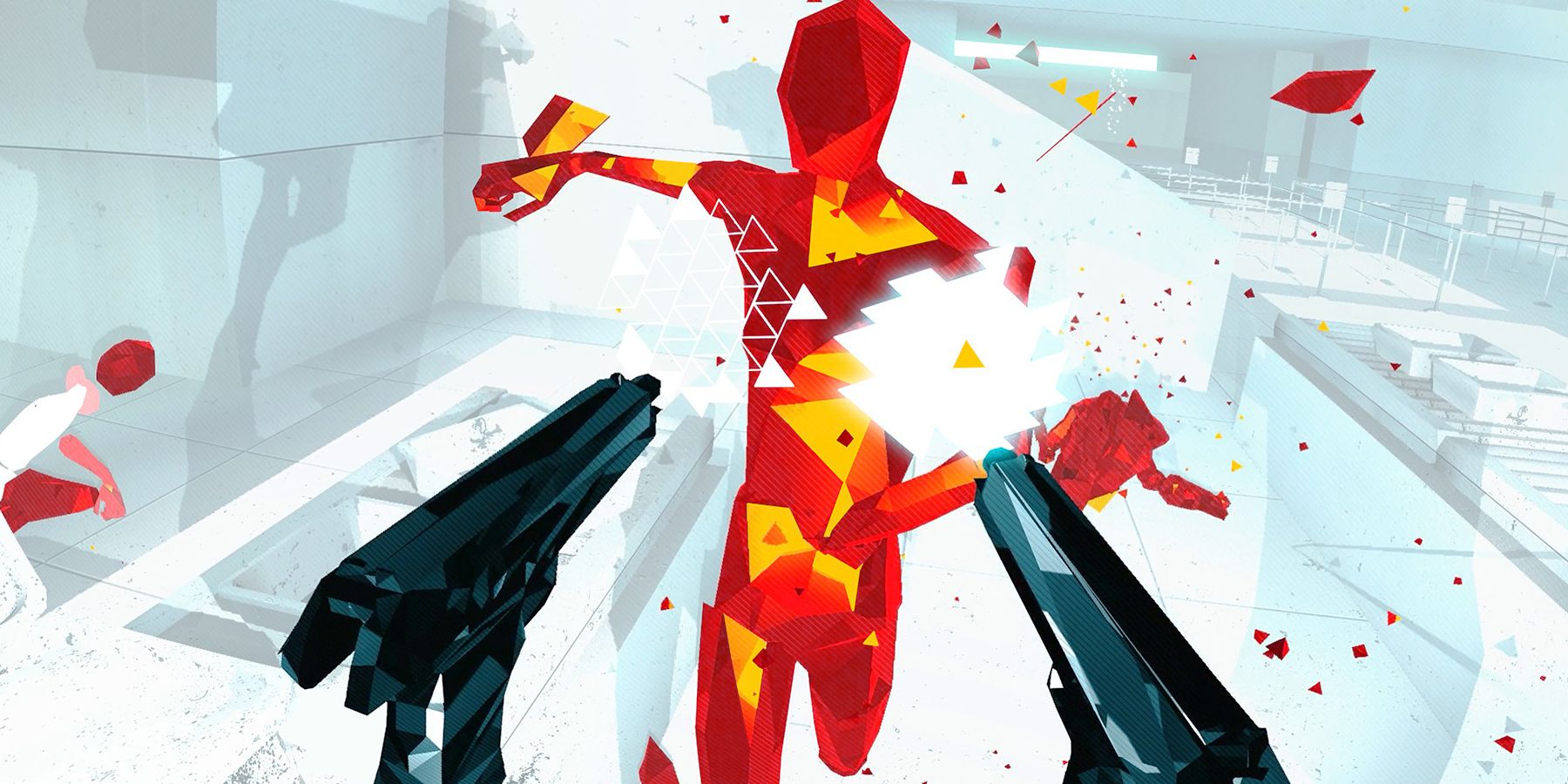Red Dead Redemption is influential in plenty of ways. From its stellar storytelling to its impressive open worlds, it's a franchise that is as immersive as they come, providing a well-recreated wild west that never fails to impress. Players spend most of their time collecting side quests, trundling along the amazing narratives in both games, and engaging in some user-generated mischief, so having gameplay to facilitate the fun is essential. Rockstar Games has always done combat encounters well, and in the outlaw-populated pastures of late 19th century America it's all the more prominent.
Fallout is very different to Red Dead Redemption in some critical ways, but they have a handful of similarities. Both deploy nonlinear level design, and feature a plethora of side characters that flesh out the world they are in. The former uses a first-person perspective while the latter has the camera over the shoulder of the protagonist, but each has a combat mechanic that is reminiscent of the other with V.A.T.S and Dead-Eye respectively. They each seem small in implementation, but in games like Superhot and Assassin's Creed Valhalla it's evident that the mechanic has had far more of an impact on gaming at large than anyone could have expected.
Red Dead Redemption and Fallout offer Quirky Combat Inclusions
In Red Dead Redemption, players take on the role of John Marston and Arthur Morgan, each being stalwart outlaws in the Van Der Linde Gang and very competent gunslingers. The pair of protagonists' marksmanship is well demonstrated with the game's Dead-Eye mechanic that slows down time, giving gamers enough of an opportunity to strategize their shots to be as deadly as possible. It's not dissimilar to bullet time in Max Payne, but allowing players to plot their shots ahead of time gives the game a strategic angle.
Fallout deploys a similar system with Vault-Tec Assisted Targeting System (V.A.T.S), which segments a target into parts and gives insight into the probability of damage depending on the enemy's position. It goes a long way to help keep the otherwise simple combat interesting, so it's little wonder that it has been a series mainstay since 2008's Fallout 3. Both systems are smart, and other developers over the years have used them as a template to do something similar.
Rockstar and Bethesda Have Influenced Plenty of Modern Games
Superhot is a game that cleverly applies a huge layer of strategy to gunplay by manipulating time to best facilitate the perfect shot. In many ways, it takes Fallout's V.A.T.S and leans deeply into the philosophy, and crafts an entire game around the way a shot is timed and executed, rather than exclusively how quick on the draw the player can be. Assassin's Creed Valhalla takes more cues from Red Dead Redemption's Dead-Eye. The Focus of the Nornir bow ability can only be used for a specific amount of time, but can offer a big advantage to the player if used at the correct moment. Assassin's Creed Mirage will incorporate a Focus feature like this too.
If it's Max Payne, Superhot, Assassin's Creed Valhalla, or Sniper Elite, the simple means to slow down time is a valuable resource in a player's arsenal. Not only can it add to a game's style, but it provides an element of strategic planning to the action genre that otherwise might have been missing. Red Dead Redemption and Fallout may be the most iconic examples of this feature, and with Starfield and Grand Theft Auto 6 on the horizon, the influence of these mechanics may be felt again in the not-too-distant future.
Red Dead Redemption 2 is available now for PC, PS4, and Xbox One.

